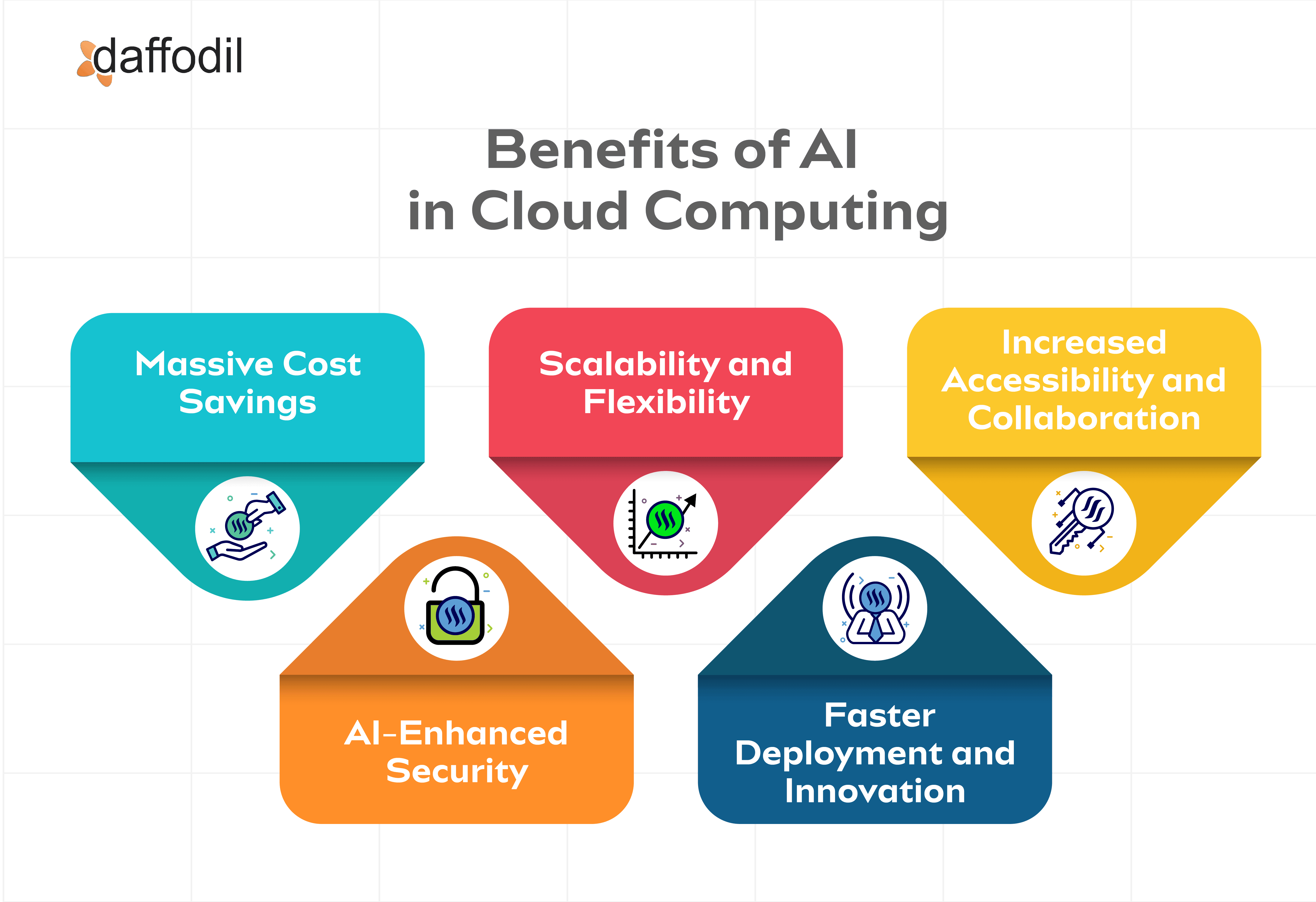How Cloud Computing is Revolutionizing AI: A Deep Dive into the Synergy of Cloud and Artificial Intelligence
Introduction
The technological landscape is rapidly evolving, and two of the key driving forces behind this transformation are cloud computing and artificial intelligence (AI). Individually, both have significantly impacted how businesses operate and how data is processed. When combined, they create a powerful synergy that is reshaping industries and enabling new possibilities. Understanding the intersection of cloud computing and AI is crucial for businesses looking to innovate and remain competitive in today’s digital-first world.

Defining the Intersection of Cloud Computing and AI
Cloud computing, at its core, refers to the delivery of computing services such as storage, processing power, and networking over the internet. AI, on the other hand, involves the simulation of human intelligence processes by machines, particularly computer systems. These processes include learning, reasoning, and self-correction.
The integration of AI with cloud computing is more than just a trend; it’s a paradigm shift. Cloud computing offers the scalable infrastructure required to run complex AI models and manage enormous datasets, while AI enhances the efficiency and capability of cloud services. This partnership gives rise to new concepts such as AI as a Service (AIaaS), where cloud providers offer ready-made AI tools and platforms that businesses can utilize without the need to invest heavily in hardware or specialized expertise.
Exploring the Synergy Between Cloud Computing and AI
-
Scalability and Flexibility: Cloud platforms like AWS, Google Cloud, and Microsoft Azure provide the scalability needed to support the computing-intensive demands of AI. AI models, especially deep learning algorithms, require significant computational resources to train effectively. Cloud infrastructure offers on-demand access to these resources, enabling organizations to scale up or down based on their project needs.
-
AI as a Service (AIaaS): AIaaS allows businesses to access AI capabilities via cloud-based APIs, reducing the barrier to entry for companies without in-house AI expertise. Services such as natural language processing (NLP), computer vision, and predictive analytics can be easily integrated into existing workflows. This democratization of AI through the cloud has made advanced technology accessible to startups and small businesses that previously couldn’t afford it.
-
Enhanced Data Storage and Processing: AI thrives on data. The cloud provides a vast storage solution for unstructured and structured data, making it easier for AI algorithms to access and analyze information. For example, Google Cloud’s BigQuery and Microsoft Azure’s Data Lake Storage enable efficient handling and analysis of large datasets, facilitating faster AI development and deployment.
-
Collaboration and Integration: Cloud-based AI tools promote collaboration among data scientists, developers, and business stakeholders. Platforms like Google Cloud’s AI Hub allow teams to share models, datasets, and pipelines, fostering a collaborative environment. Integration with other cloud services like IoT (Internet of Things) and big data analytics further extends the capabilities of AI, creating comprehensive solutions for complex business challenges.
Advantages and Challenges of the Cloud-AI Combination
Advantages
-
Cost Efficiency: Cloud-based AI reduces the need for heavy investments in physical infrastructure. Companies can pay for what they use, scaling their computational resources as needed.
-
Rapid Innovation: With cloud-based AI platforms, businesses can experiment with new AI models and iterate quickly, speeding up the innovation cycle.
-
Accessibility and Democratization: Cloud platforms have made AI accessible to a broader range of users, fostering innovation across industries and geographical regions.
Challenges
-
Data Privacy and Security: With data being stored and processed in the cloud, concerns around data privacy and security are amplified. Ensuring compliance with regulations such as GDPR is a key challenge for businesses leveraging cloud-based AI.
-
Dependence on Internet Connectivity: Cloud services are reliant on internet connectivity. Any disruption in connectivity can impact access to critical AI tools and data.
-
Latency and Performance Issues: Despite advancements, cloud-based AI can sometimes face latency issues, particularly for applications that require real-time processing.

Practical Applications and Use Cases
-
Healthcare: Cloud-based AI is revolutionizing healthcare by enabling remote diagnostics, predictive analytics for patient management, and even drug discovery. For example, IBM Watson Health uses cloud infrastructure to analyze medical data and offer insights for disease diagnosis and treatment.
-
Finance: Financial institutions use AI models hosted on cloud platforms to detect fraud, automate trading, and personalize customer services. AIaaS solutions help banks to implement these models quickly and at scale.
-
Retail: Retailers are leveraging cloud-based AI for demand forecasting, customer sentiment analysis, and personalized marketing campaigns. Amazon’s cloud-driven recommendation engines are a prime example of this application.
Conclusion
The intersection of cloud computing and AI is paving the way for a future where technology is more accessible, efficient, and innovative. By leveraging the strengths of both, businesses can unlock new opportunities and drive value in unprecedented ways. While challenges exist, the benefits of this powerful combination far outweigh the drawbacks, making it a cornerstone of modern digital transformation. Organizations looking to stay ahead should consider embracing this synergy to maximize their technological potential and remain competitive in an ever-evolving market.
In summary, the cloud-AI partnership is more than just an evolution of existing technology; it is a catalyst for future innovation, and those who embrace it today will lead the market tomorrow.